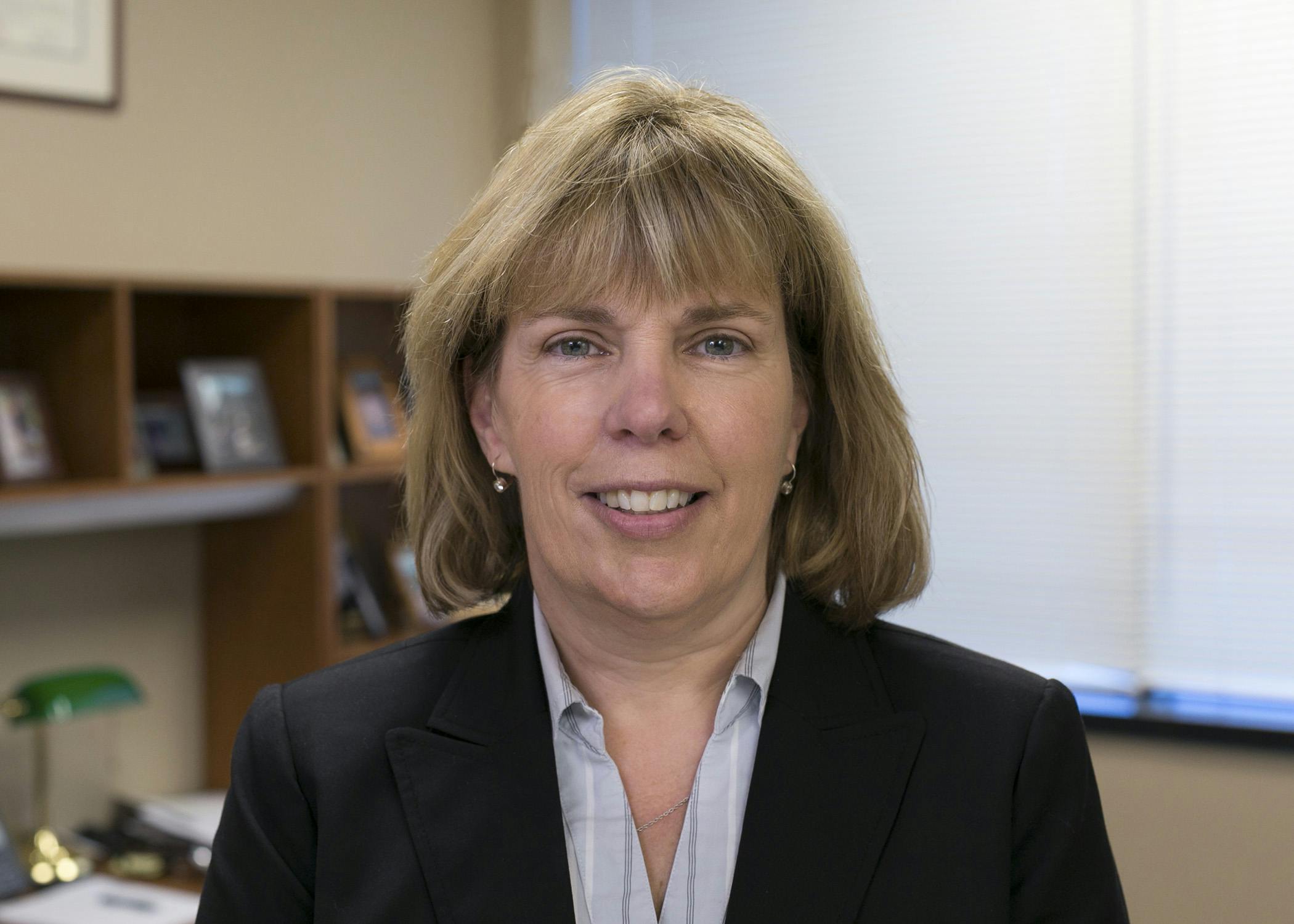The president has signed into law, the Paycheck Protection Program and Health Care Enhancement Act (H.R. 266), which provides another $484 billion for small businesses and frontline health care providers, and to support national testing. The new relief package replenishes the Public Health and Social Services Emergency Fund (“Provider Relief Fund”) with an additional $75 billion to prevent, prepare for, and respond to coronavirus, domestically or internationally, and $25 billion for testing and related other services. The new relief package also replenishes the funding for the SBA payroll protection program, providing an additional $310 billion dollars, found here.
$75 Billion allocated for health care providers
The legislation’s mechanism for distributing $75 billion to eligible health care providers mirrors the Coronavirus Aid, Relief, and Economic Security (“CARES”) Act.
- Eligible provider. As with the CARES Act, an eligible health care provider under the new law includes public entities and Medicare or Medicaid enrolled suppliers and providers, as well as other for-profit and not-for-profit entities that the Department of Health and Human Services (HHS) may specify within the United States including territories. To be eligible, a provider must provide “diagnoses, testing, or care for individuals with possible or actual cases” of COVID-19. HHS states it is broadly interpreting eligibility of individuals with being evaluated or cared for due to COVID-19 with the intent that patients do not receive surprise bills. The Provider Relief Fund website for CARES Act fund distribution states that “HHS broadly views every patient as a possible case of COVID-19.” Under this broad definition, providers across the country are waiting to see if they are eligible for support from the Provider Relief Fund under additional or new HHS direct funding, grants, advances, and other programs.
- Form of the funds. Funds must be necessary expenses to reimburse, through grants or other mechanisms, for health care related expenses or lost revenues that are attributable to coronavirus. HHS can make payments in the form of a pre-payment, prospective payment, or retrospective payment.
- Use of the funds. Funds can be used for building or construction of temporary structures, leasing of properties, medical supplies and equipment including personal protective equipment (PPE) and testing supplies, increased workforce and trainings, emergency operation centers, retrofitting facilities, and surge capacity.
- Distribution of funds by HHS. The new law requires that HHS develop on a rolling basis programs to distribute this funding. The agency is directed to review applications and make payments to eligible health care providers taking into account the most efficient payment systems practicable to provide emergency payment. HHS has significant discretion on using either grants or other mechanisms to distribute the additional funds.
- Applications.The legislation envisions that eligible health care providers with a valid Tax ID numbers will submit to HHS an application that includes a statement justifying the need of the provider for the payment from the Provider Relief Fund. Note that in distributing the $50 billion designated as general allocation funds directly deposited into accounts rather than through an application process, HHS requires providers to submit an attestation confirming eligibility for receipt of the funds.
- No double dipping. Congress makes clear that the funds may not be used to reimburse expenses or losses that have been reimbursed from other sources or that other sources are obligated to reimburse, which is consistent with prior stimulus legislation.
- Documentation. Providers should carefully track all expenses and losses that monies from the Provider Relief Fund are expected to cover, along with appropriate documentation.
- OIG Audits. As part of the stimulus bill, the Office of Inspector General of the HHS (OIG) is directed to audit the Provider Relief Fund within three years after final payments are made. The OIG must transmit a final report on audit findings to the Committees on Appropriations of the House of Representatives and the Senate. The OIG may conduct interim audits of the Provider Relief Fund and may investigate payments under these HHS programs.
$25 billion for COVID-19 testing
The stimulus package also includes $25 billion to the Provider Relief Fund to support testing efforts related to the novel COVID-19 coronavirus. The White House guidance includes the ability to test as part of the staged reopening of states Guidelines—Opening Up America Again.
- Use. This funding can broadly be used to research, develop, validate, manufacture, purchase, administer, and expand capacity for COVID-19 tests, which can effectively monitor and suppress COVID-19. Examples for the use of funds can include:
- support for testing of both active infection and prior exposure, including molecular, antigen, and serological tests.
- manufacturing, procurement, and distribution of tests.
- equipment and supplies, including PPE needed for administering tests.
- development and validation of rapid, molecular point-of-care tests, and other tests.
- workforce and epidemiology support.
- scale up academic, commercial, public health, and hospital laboratories, to conduct surveillance and contact tracing.
- support development of COVID-19 testing plans.
- other related activities related to COVID-19 testing.
- Breakdown of the $25 billion. The following provides a high level overview of the congressional appropriations for testing, which also includes programs under the discretion of HHS, focused funding such as federal qualified health centers, primary care grants, national stockpile, point-of-care and mobile testing, and construction of new testing centers.
- States, localities, and tribes. $11 billion of the Provider Relief Fund must specifically target states, localities, or tribes to cover expenses that:
- develop, purchase, administer, process, and analyze COVID-19 tests;
- support workforce and epidemiology;
- scale up COVID-19 testing by public health, academic, commercial, and hospital laboratories, and community-based testing sites, health care facilities, and others; and
- conduct surveillance, trace contacts, and other related activities related to COVID-19 testing.
- Of the $11 billion:
- $2 billion to states, localities, and territories according to the formula that applied to the Public Health Emergency Preparedness cooperative agreement in fiscal year 2019.
- $4.25 billion allocated to states, localities, and territories according to a formula methodology that is based on relative number of cases of COVID-19.
- $750 million allocated in coordination with the Director of the Indian Health Service, to tribes, tribal organizations, urban Indian health organizations, or health service providers to tribes.
- CDC. $1 billion transferred to the Centers for Disease Control and Prevention for surveillance, epidemiology, laboratory capacity expansion, contact tracing, public health data surveillance and analytics infrastructure modernization, disseminating information about testing, and workforce support necessary to expand and improve COVID-19 testing.
- NIH. $1.8 billion transferred to the National Institutes of Health to
- develop, validate, improve, and implement serological testing and associated technologies.
- to accelerate research, development, and implementation of point of care and other rapid testing related to coronavirus.
- to develop, validate, improve, and implement testing and associated technologies; to accelerate research, development, and implementation of point of care and other rapid testing; and for partnerships with governmental and non-governmental entities to research, develop, and implement these activities.
- BARDA. $1 billion is provided to the Biomedical Advanced Research and Development Authority necessary expenses of advanced research, development, manufacturing, production, and purchase of diagnostic, serologic, or other COVID-19 tests or related supplies, and other activities related to COVID-19 testing at the discretion of HHS.
- FDA. $22 million to the Food and Drug Administration to support activities associated with diagnostic, serological, antigen, and other tests, and related administrative activities.
- CHC/RHC. $825 million is directed for community health centers and rural health clinics.
- Uninsured. $1 billion may be used to cover costs of testing for the uninsured.
- States, localities, and tribes. $11 billion of the Provider Relief Fund must specifically target states, localities, or tribes to cover expenses that:
- Demographic information. The law requires the Secretary of HHS to issue a report on COVID-19 testing within 21 days after its enactment. HHS’s report is required to include data on the number of positive COVID-19 cases, hospitalizations, and deaths disaggregated by race, ethnicity, sex, geographic region, and other relevant factors. The report must be updated every 30 days until the end of the public health emergency. Demographic data has been a topic of concern as certain populations appear to be hardest hit.
In addition to the $75 billion in new money as described above, there is another $100 billion from the CARES Act to reimburse eligible providers for health care-related expenses or lost revenues attributable to the COVID-19 pandemic. Earlier this week, HHS provided guidelines on how the agency is distributing $100 billion from the CARES Act, including how HHS will specifically allocate $10 billion for hospitals particularly impacted by the COVID-19 outbreak and $10 billion for rural providers.
Health care providers will need to wait and see if they will be eligible for prospective, retrospective, or other funding, including hospitals the hardest hit by COVID-19 or who cancelled elective procedures leading to slow daily census and reduced revenue. Long-term care providers, including skilled nursing centers that are currently the focus of infectious disease preparedness and response, who are caring for the most vulnerable patients may benefit from additional funding programs from HHS. Other providers such as community health centers and rural health centers may receive targeted funding for testing, and could benefit from funding to assist with caring for those patients that are testing positive for the coronavirus.


